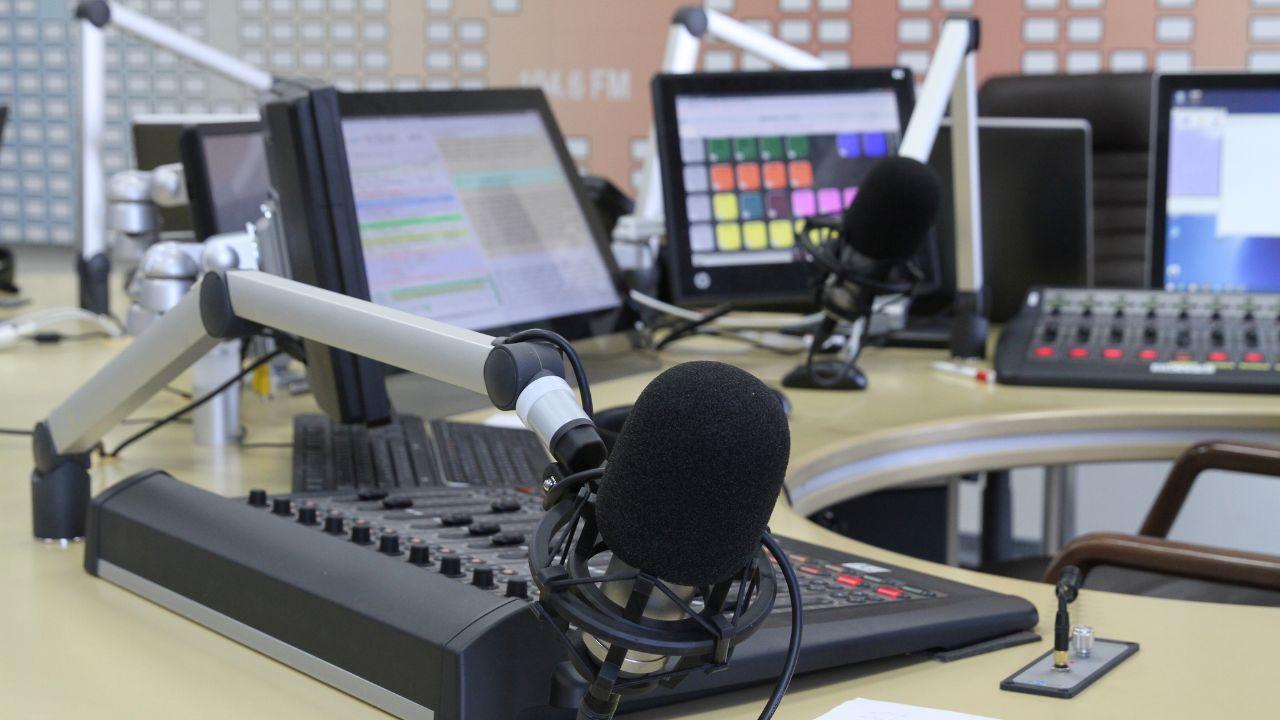How to Prepare Your MP3 and WAV Files for Radio Station Submission
Preparing your music for radio station submission involves several key steps to ensure that your track meets industry standards and has the best chance of being aired. Whether you're aiming for FM radio or popular digital stations, attention to detail in audio quality, song duration, file naming, file format, metadata, and cover art is essential.
Audio Quality and Professional Mastering
For a successful radio station submission, the audio quality of your MP3 and WAV files must be impeccable. This means the files should be free from clicks, pops, and digital artifacts. Mixing and mastering should be done to a professional standard to ensure that the track sounds its best on any platform. Poor audio quality can instantly disqualify a song from being considered for airplay, so it's crucial to invest time and resources into the mastering process. High-quality audio not only enhances the listening experience but also reflects your professionalism as an artist.
Optimal Song Duration for Airplay
When preparing your song for radio station submission, it's important to consider the duration of your track. Generally, a song length of three to four minutes is ideal for radio airplay. This range increases your chances of fitting into typical radio programming slots. However, it’s advisable to listen to the specific radio stations you're targeting to understand their preferences. Stations might have slightly different requirements, and aligning your song length with their format can improve your chances of receiving airplay.
Clear and Consistent File Naming
An often-overlooked aspect of radio station submission is the naming of your files. Use a clear and descriptive naming convention to make it easy for radio station staff to identify and manage your track. A recommended format is "Artist Name - Song Title - Radio Edit." This approach ensures that your file is easily recognizable and reduces the likelihood of it being misplaced or overlooked. Consistency in file naming also helps maintain an organized submission process, making it easier for both you and the radio stations to keep track of your music.
Submitting the Right File Formats
For radio station submission, it's essential to have both MP3 and WAV files. The WAV file should be high-resolution, such as 24-bit/48kHz, to ensure the best possible sound quality. The MP3 file should have a bit rate of at least 256kbps, balancing quality and file size. Providing both formats gives radio stations the flexibility to choose the one that best fits their broadcasting needs. WAV files offer superior audio fidelity, while high-quality MP3 files are more manageable in terms of storage and transfer.
Including Comprehensive Metadata
Metadata is crucial for ensuring that your track is properly identified and credited when played on the radio. Within the file's header, include relevant information such as the artist’s name, song title, and ISRC code. This data helps radio stations track and report airplay accurately, which is essential for royalties and charting. Without proper metadata, your song might not be credited correctly, potentially affecting your visibility and earnings as an artist. Ensuring your metadata is complete and accurate is a vital step in the submission process.
Cover Art for Promotional Use
Whenever possible, include a high-resolution version of your song's cover art with your radio station submission. This visual element can be used by the radio station to promote your track on their website or social media channels. High-quality cover art not only adds a professional touch to your submission but also helps create a visual identity for your music, making it more memorable to listeners. It’s an easy way to enhance your song's appeal and marketability.
Additional Tips for Radio Station Submission Success
For an effective radio station submission, it’s important to present your music in the best possible light. Ensuring top-notch audio quality, adhering to ideal song durations, using clear file naming conventions, and providing comprehensive metadata all contribute to a professional submission. Additionally, including high-quality cover art can aid in the promotion of your track. Following these guidelines increases the likelihood of your song being accepted and played on the radio, giving you greater exposure and advancing your music career.
For further guidance on radio station submission, visit Devine Jamz Gospel Network.
By adhering to these standards, your radio station submission will be well-prepared, increasing your chances of airplay and helping you reach a broader audience.







